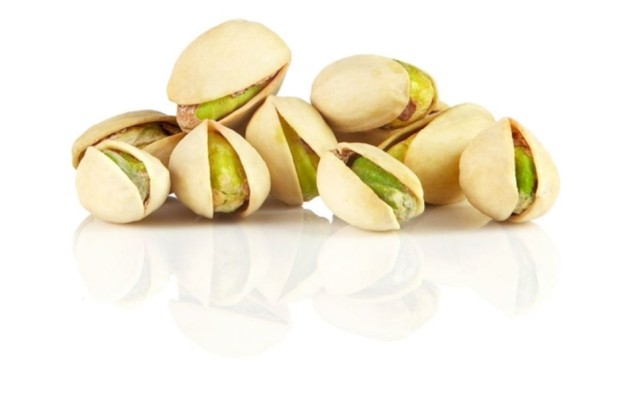
Proper fueling
The Academy of Nutrition and Dietetics members strived to ensure that Team USA stayed on top of their game. “In recent years a shift has taken place in nutrition tactics in fueling athletes,” said registered dietitian and editor-in-chief of Sports Nutrition: A Manual for Professionals 5th ed., Christine Rosenbloom. She describes nutrition as “one leg of a three-legged stool” with the others legs being genetic endowment and sport-specific training/coaching. Without proper nutrition, athletes would have a shaky sitting going into competition.
Dietitians are constantly working to find creative ways to help athletes get the most of their training. Senior United States Olympic Committee sport dietitian Shawn Dolan, who provides nutrition coaching for team sports including both indoor and beach volleyball, explains how the nutrition programs have to be specifically tailored to each individual sport and participant. “The field hockey goalie is different from a midfielder who might run several miles during a match, so altering dietary intake based on physiological demands of the position is important.”
Rosenbloom gives the example of Michael Phelps who consumed between 8,000 and 10,000 calories daily while preparing for the 2008 Olympics, while the average male might only eat between 2,000 and 2,800 calories per day. A blanket nutrition recommendation simply wouldn’t apply.
“Athletes seek every edge they can get, and proper nutrition can help provide it,” concluded Rosenbloom.
For more fun volleyball news click here.